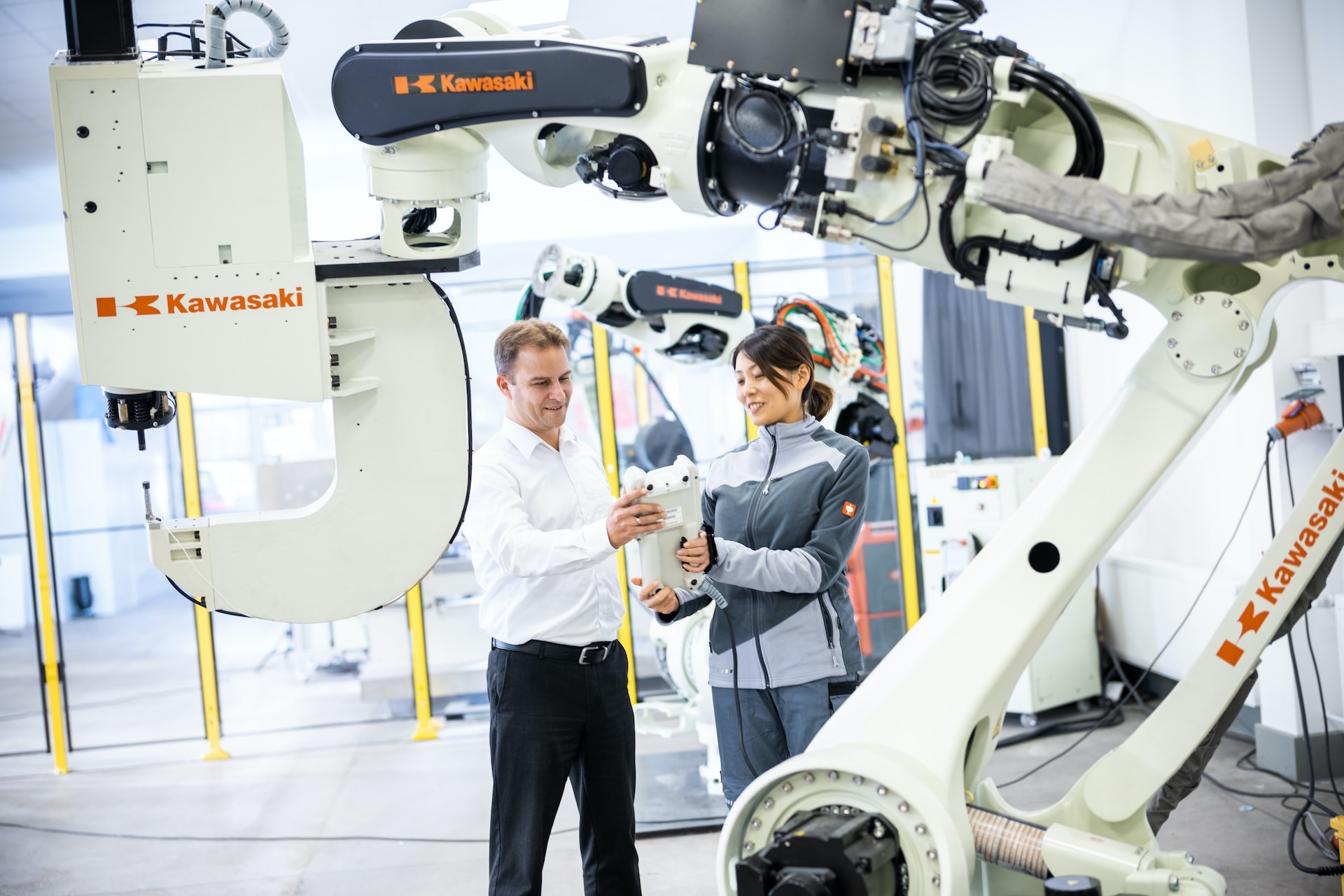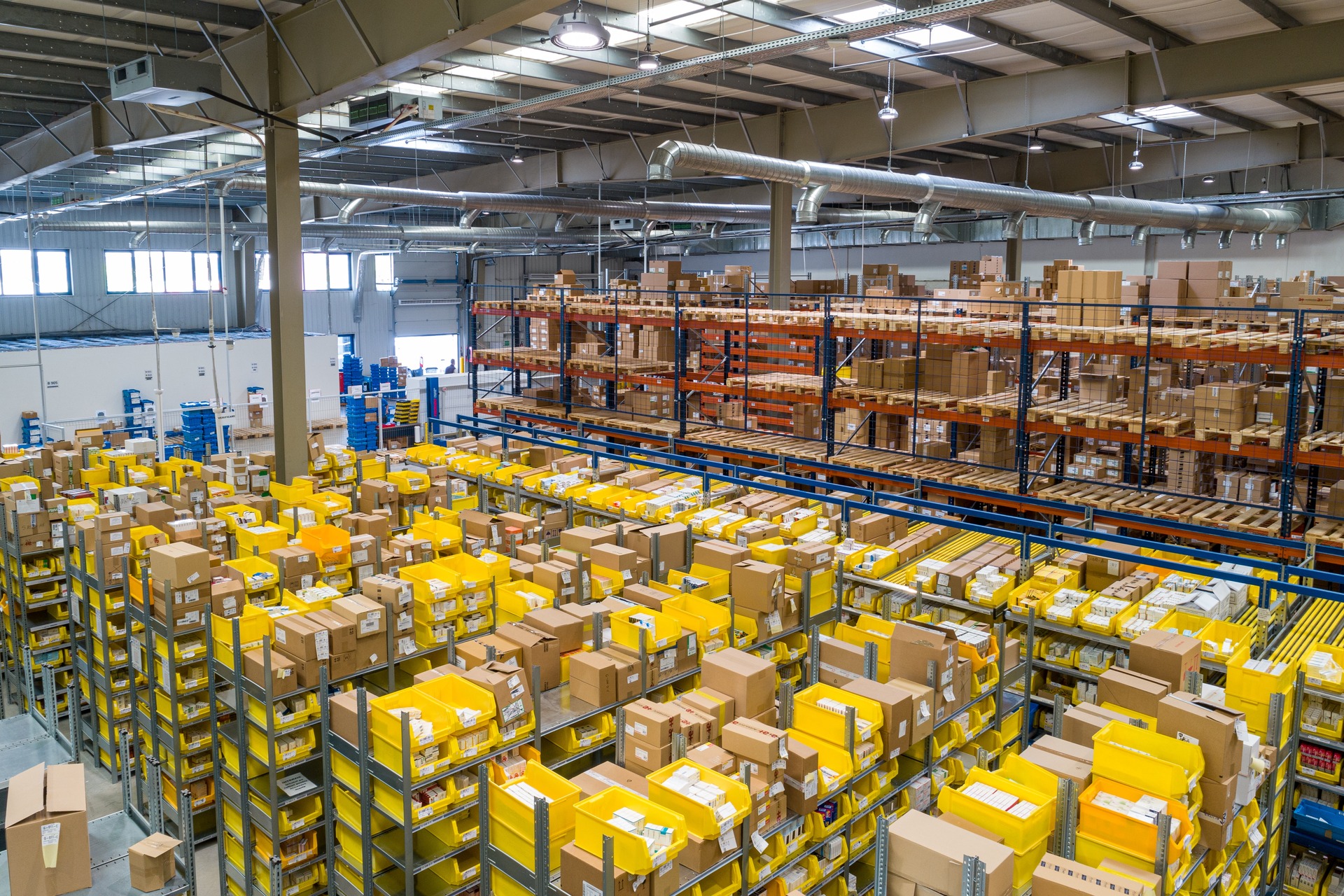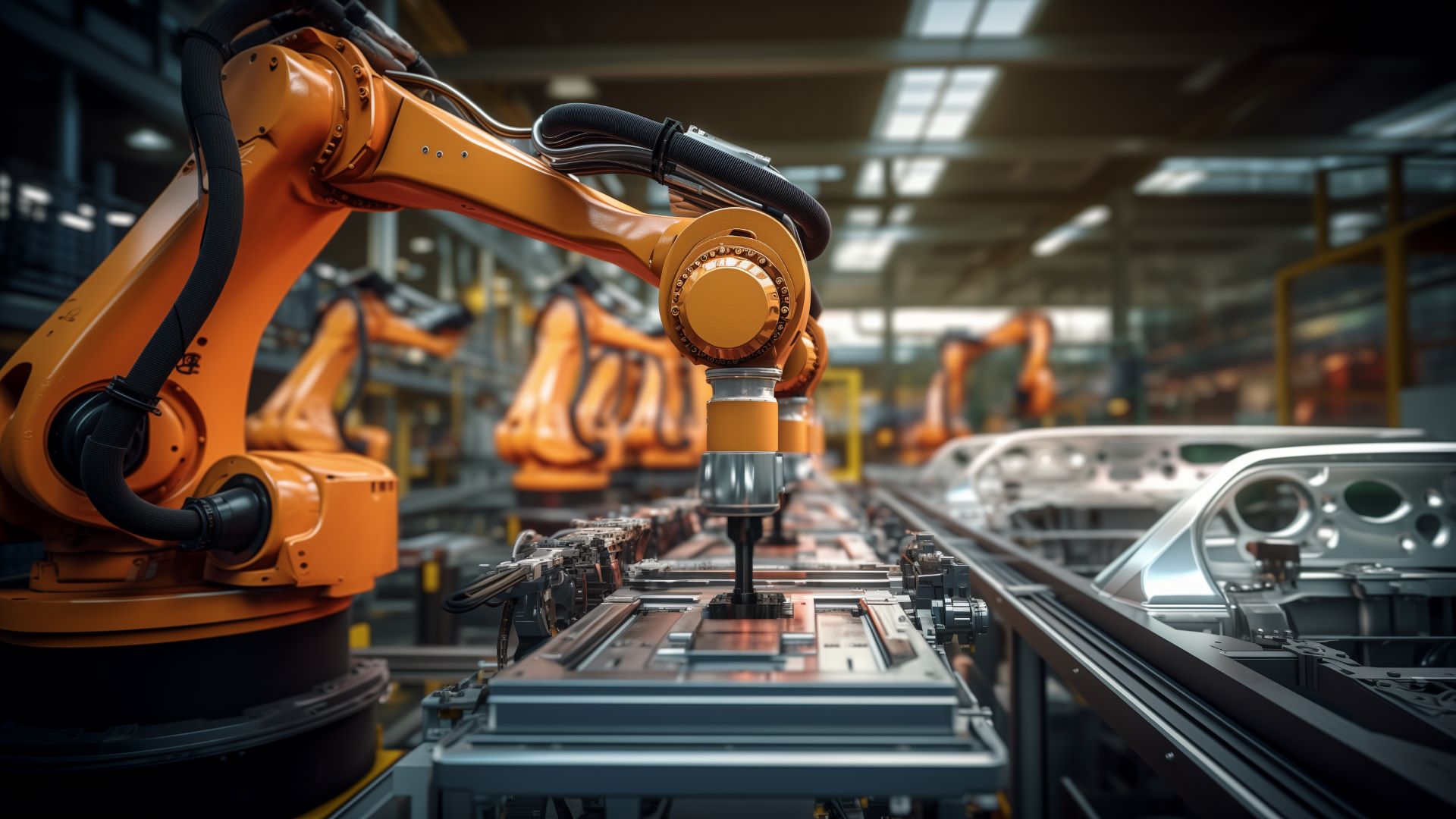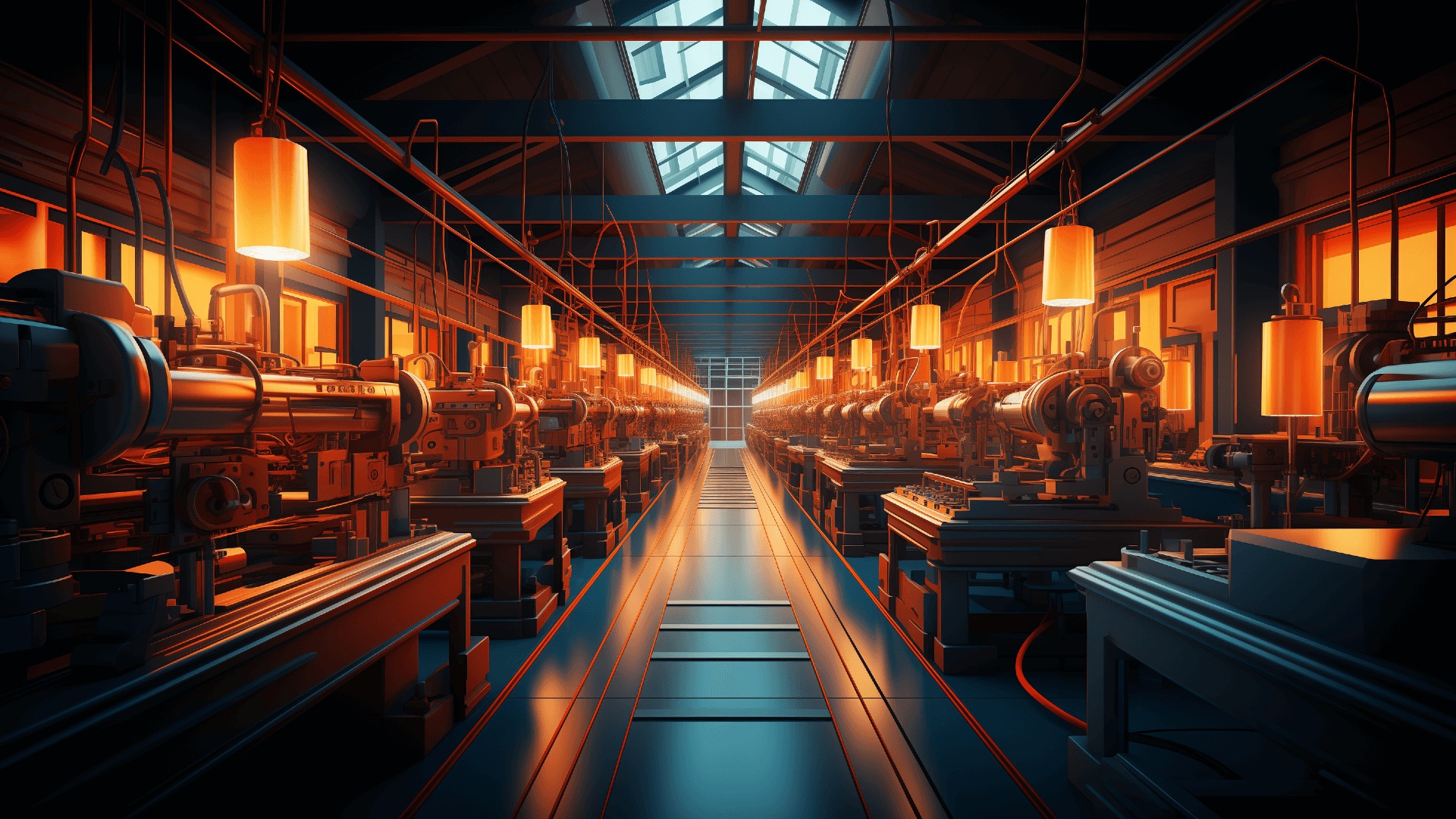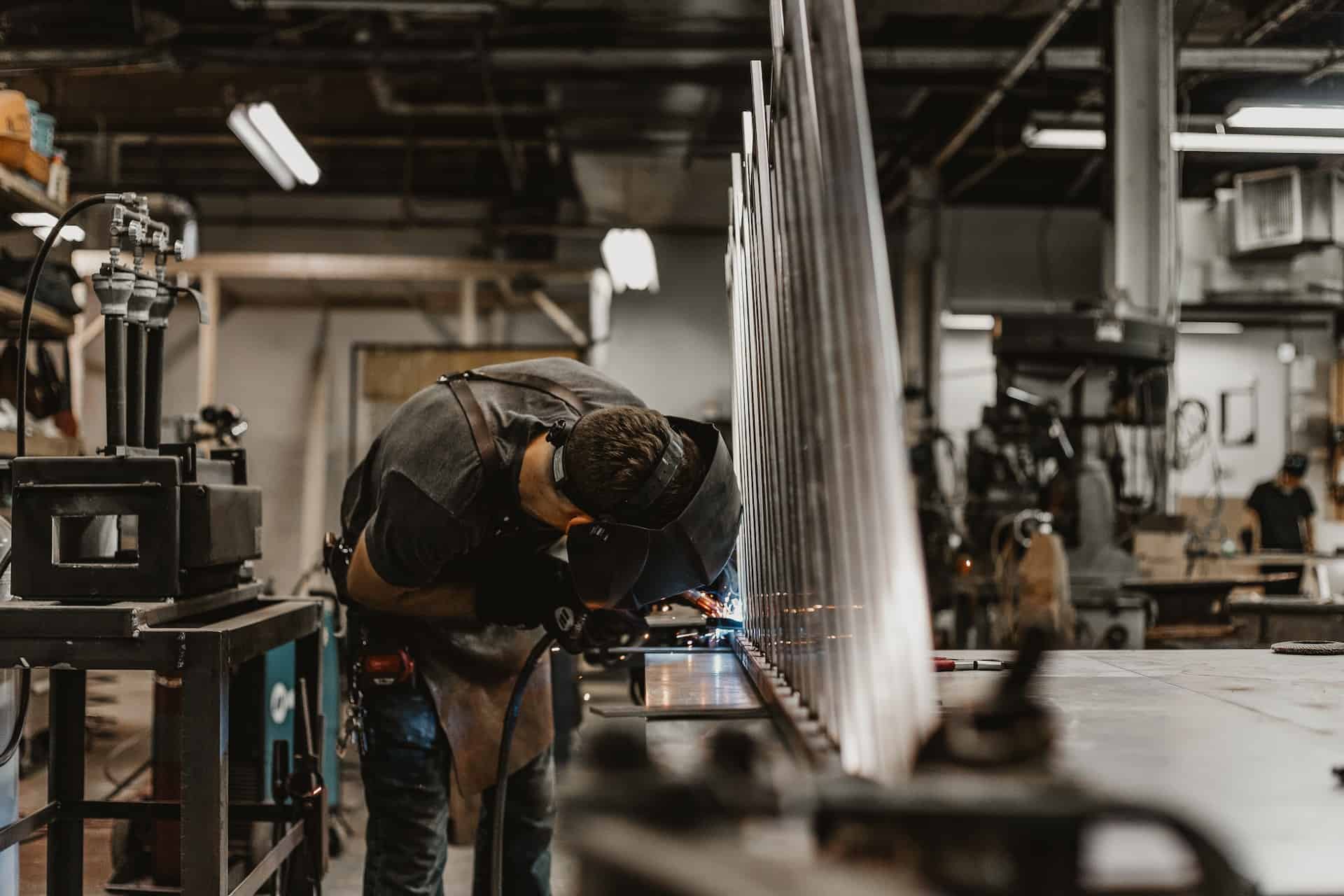
The Most Common Modern Manufacturing Techniques and What They Offer
February 14, 2023 - Revolutionized Team
Revolutionized is reader-supported. When you buy through links on our site, we may earn an affiliate commision. Learn more here.
There’s no other way to say it: Modern manufacturing techniques make life as we know it possible. Most of us don’t spend much time thinking about how the products we surround ourselves with came to be, but the science and engineering behind some of it might make your head spin.
Like it would, for example, on a centrifugal casting die, which manufacturers use to fabricate cylindrical components from metal. You can learn about this manufacturing technique and many others below, including game-changing 3D printers. Each of these has an interesting and vital role to play in making sure our supplies of essential and nonessential products meet demand.
As you’re exploring these various modern manufacturing techniques and disciplines, ask yourself: What could I bring to the table in manufacturing? It’s an industry that’s in flux thanks to changing demographics and productive new technologies, but it also presents considerable opportunities for the innovation-minded.
What Are the Most Common Manufacturing Techniques?
Today, manufacturers don’t rely on just one manufacturing technique. Modern products and demands often require more than one method, sometimes under one roof and even for a single product. Not every method is an ideal fit for the project and its unique demands, as we’ll see.
Below is a roundup of the most common modern manufacturing techniques in use today. Each one has several subtypes that further differentiate and specialize the manufacturer’s methods to suit the project at hand.
1. Casting
Casting may be visually familiar to many. It involves the pouring of liquid metal into a preformed mold in the same shape as the desired product.
Some casting methods present situational advantages. For example, centrifugal casting uses a rotating die to create tubular shapes. Spinning the liquid metal also removes impurities, which is an advantage for high-precision work.
Die casting is another extremely common modern manufacturing technique. In 2022, the entire die-casting market was worth an estimated $42.1 billion. This method offers superior precision compared to other methods and the metal dies are reusable over an extended time.
The most common casting subtypes are:
- Centrifugal casting.
- Die casting.
- Permanent mold casting.
- Sand casting.
2. Molding
Molding is most frequently used to fabricate products and parts made from plastic. Injection molding is similar to die casting using metal; liquid plastic is poured into a mold shaped after the end product. The plastic begins as solid pellets before they’re liquified.
Blow molding is like glass blowing, except for plastics; it’s used to create products with a hollow interior. It’s a costlier process compared to some, but it’s the only way to create a wide variety of specialty products.
The most common molding subtypes are:
- Blow molding.
- Extrusion molding.
- Injection molding.
- Rotational molding.
3. Forming
One of the most primitive – though still useful and widely used – types of forming is forging. It’s representative of forming because it uses the shaping, deformation, compression, and shearing of a workpiece rather than the removal of material. This makes it advantageous for applications where waste minimization is a top priority.
Stamping is exactly what it sounds like; a workpiece – typically a piece of sheet metal – is placed beneath a mechanical or hydraulic press. The press exerts pressure to bend, stamp, and form the metal into the intended shape. The metal stamping industry was valued at $211.79 billion in 2022.
The most common forming subtypes are:
- Bending.
- Forging.
- Shearing.
- Stamping.
4. Machining
Machining is a truly versatile modern manufacturing technique. It can be used to form plastics (acrylics, ABS, PTFE, HDPE, nylon, etc.) and a huge selection of metals, including aluminum, stainless and carbon steels, copper, alloy steels, various titanium grades, and more.
Drills, lathes, grinders, and CNC machines are all common sights in machine shops and on factory floors. One of the only real downsides of machining is that it removes material from the workpiece, meaning it results in more waste than some other methods.
The most common machining subtypes are:
- Drilling.
- Finishing.
- Honing.
- Milling.
- Turning.
5. Joining
Joining uses adhesives or heat to join two similar or dissimilar materials together. Many of these techniques may be familiar apart from brazing. Brazing is where a molten filler metal is placed within the joint between two metal items. Compared to soldering, it requires more precision in the shaping and fitting of parts.
You’ll also see various types of mechanical assemblies that fit under the joining umbrella, such as using bolts and rivets. The advantage of mechanical assembly is that it can typically be disassembled and reassembled at will.
The most common joining subtypes are:
- Adhesive joining.
- Brazing.
- Fastening.
- Soldering.
- Welding.
6. Coating
Also known as plating, the coating process is where specialists deposit specially formulated chemicals, powders, or metals onto the surface of a workpiece. The intention is to protect the product from mechanical damage, defects, and environmental corrosion – like that caused by marine environments.
How does powder coating work? It begins by using a powered electrostatic gun to apply the chemical or powder onto the surface of the product. As it clings to the surface, the product is then baked at high temperatures to cure the coating and create a resilient surface.
The most common coating subtypes are:
- Electroplating.
- Powder coating.
- Sputter deposition.
7. Additive Manufacturing (3D Printing)
This list wouldn’t be complete without giving 3D printing a proper shout-out. Many of the methods listed above are subtractive manufacturing techniques, meaning they remove material from the workpiece. This can be wasteful.
3D printing is additive, meaning nothing gets lost during the shaping process. Depending on the chosen material, 3D printing can also be extremely eco-friendly and some materials can be recycled after use.
What materials are used in 3D printing? Here’s a (non-exhaustive) list:
- Polyastic acid (PLA): The most environmentally friendly printer filament at the moment, PLA is sourced from corn starch, sugar cane, and other renewable sources.
- Acrylonitrile butadiene styrene (ABS): ABS plastic is extremely common because it’s strong and lightweight while being moderately flexible.
- Resin: Resin is not a hard-wearing material, but it makes up for this by offering paintability, a high level of surface detail, and even transparency. It’s great for model-making and decorations.
- Stainless steel: Perfect for anything that needs extreme rigidity or that might come into contact with water.
- Gold: It’s possible to print extremely delicate jewelry pieces or intricate tracings for computer chips using gold.
- Aluminum: From structural components to small consumer-electronics components, aluminum is a common element and extraordinarily strong for its weight.
There are many benefits of 3D printing that make it an attractive choice in modern machine shops and manufacturing plants. 3D printers can create prototypes in a fraction of the time once required, and they offer a chance to move the manufacturing apparatus closer to the end user, rather than requiring the costly and wasteful transportation of finished products.
Modern Manufacturing Techniques: Opportunity and Challenge
This is an amazing time to get involved with modern manufacturing. Each of the methods above presents numerous opportunities for exploration and innovation.
Humanity also finds itself in the grips of significant challenges. The health of our planet depends greatly on our stewardship of her. Our supply chains and manufacturing techniques must grow and change with our demands, but also according to the needs of the planet.
There’s a place in manufacturing for you if you’re fascinated with mechanisms, material sciences, and How Things Work. The future is bright, but it needs driven and thoughtful people who know how to do more with less and relish finding elusive solutions to stubborn problems.
Revolutionized is reader-supported. When you buy through links on our site, we may earn an affiliate commision. Learn more here.
